monica
Chinese traditional purple clay pot tea clay manual kung fu tea set home living room purple clay pot business activities accompanied by gifts to elders
Chinese traditional purple clay pot tea clay manual kung fu tea set home living room purple clay pot business activities accompanied by gifts to elders
Couldn't load pickup availability
The purple clay pot, also known as the Yixing teapot, holds a significant place in Chinese tea culture and craftsmanship. Here's an introduction to this revered vessel:
-
Origin and History: The Yixing teapot originates from the city of Yixing in Jiangsu Province, China. Its history dates back to the Song Dynasty (10th to 13th centuries), but it gained widespread popularity during the Ming (14th to 17th centuries) and Qing (17th to 20th centuries) Dynasties. Yixing's unique purple clay, known as zisha, is the key material used to make these teapots.
-
Material and Properties: Zisha clay is renowned for its natural mineral composition, which lends the teapot its distinctive purple-brown hue. This clay is porous, allowing it to absorb the essence of tea over time, enhancing the flavor and aroma of subsequent brews. Each pot is fired at high temperatures, enhancing its durability and heat retention properties.
-
Craftsmanship: Yixing teapots are traditionally handcrafted by skilled artisans using techniques passed down through generations. Artisans carefully shape and carve the clay to create teapots of various shapes, sizes, and designs. Some teapots feature intricate engravings, decorative elements, or sculptural motifs, showcasing the craftsmanship and artistry of the maker.
-
Dedication to Tea: One of the unique features of Yixing teapots is their dedication to a specific type of tea. Due to the clay's absorbent nature, it retains the flavor and aroma of the tea brewed in it. Therefore, aficionados often dedicate a single teapot to a particular type of tea, such as oolong, pu-erh, or green tea, to avoid mixing flavors.
-
Cultural Significance: Yixing teapots hold deep cultural significance in Chinese tea ceremonies and rituals. They symbolize harmony, refinement, and the appreciation of natural beauty. These teapots are prized possessions and are often passed down as family heirlooms, treasured for their aesthetic appeal and functional utility.
Overall, the purple clay pot, or Yixing teapot, represents the intersection of art, craftsmanship, and tea culture in China. Its enduring popularity and timeless beauty continue to captivate tea enthusiasts worldwide.
Ingredients
Ingredients
How to use
How to use
Shipping
Shipping
Return policy
Return policy

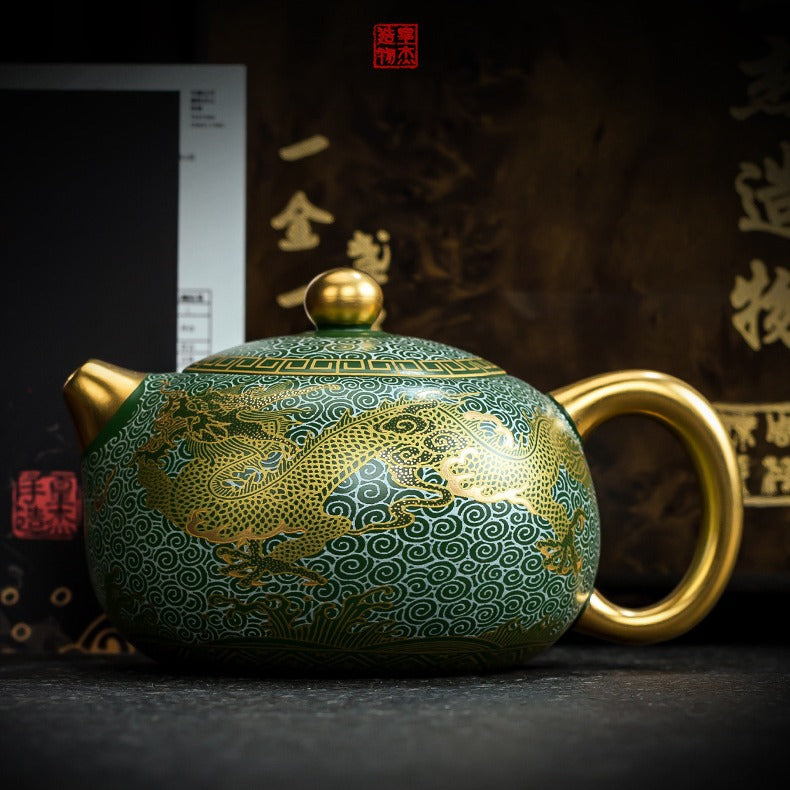

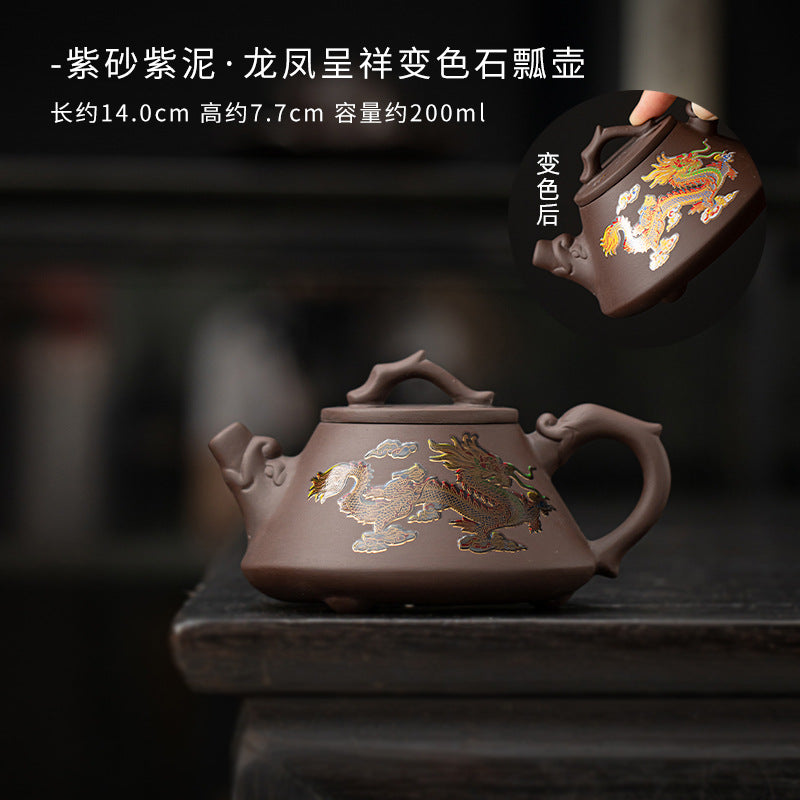
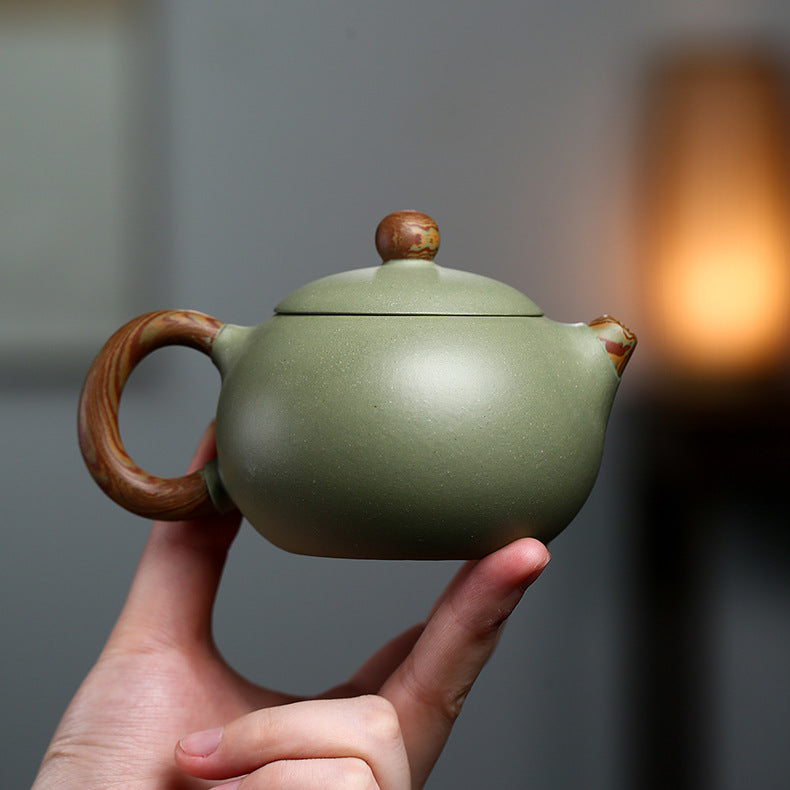
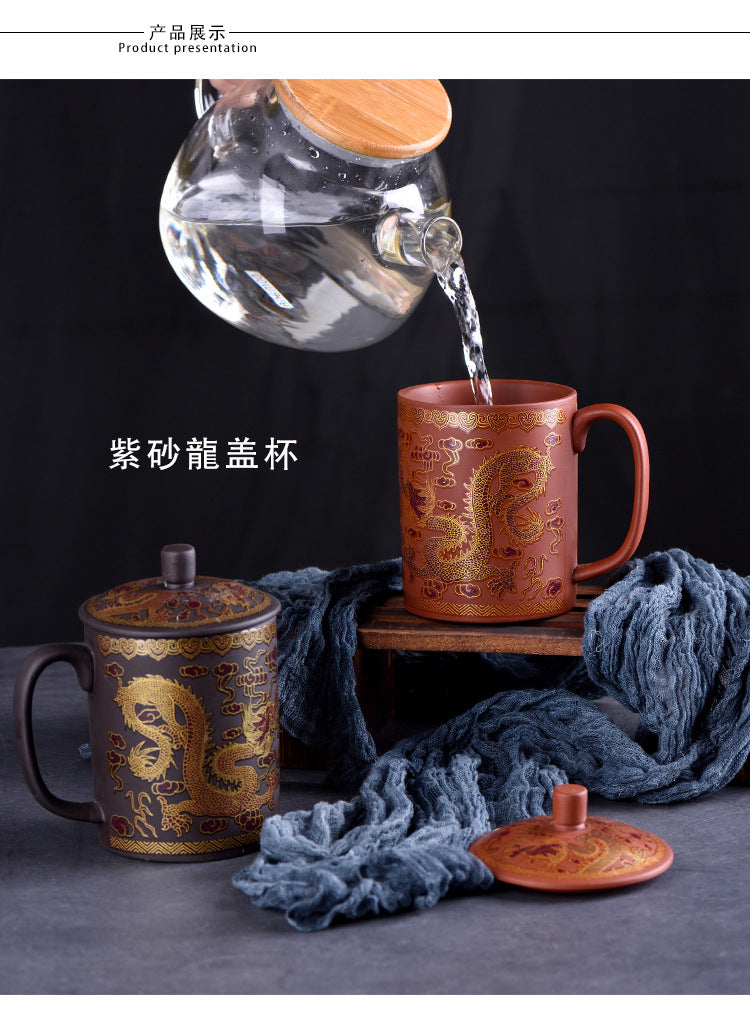

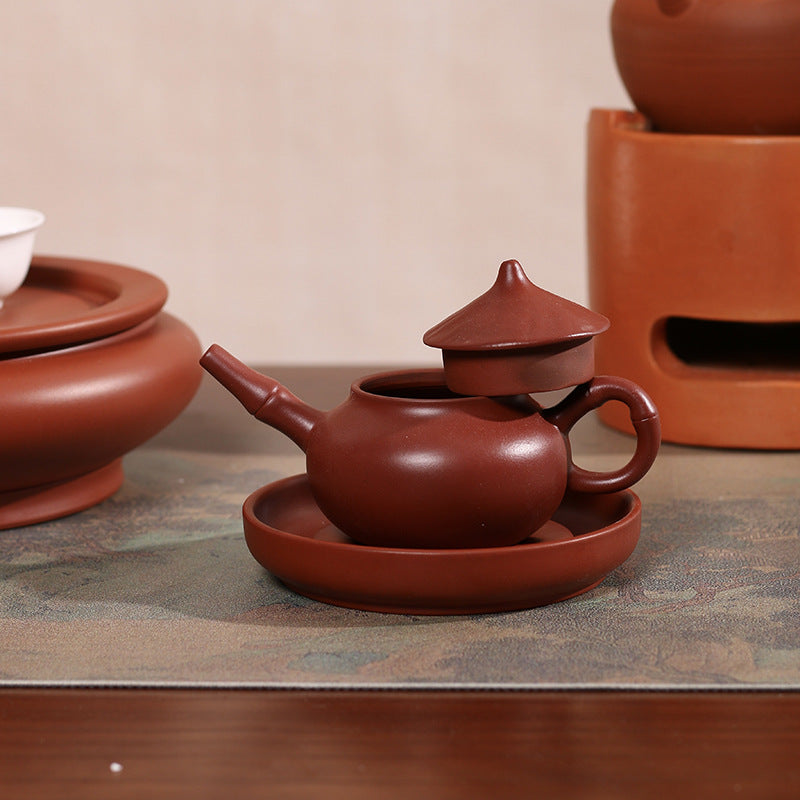
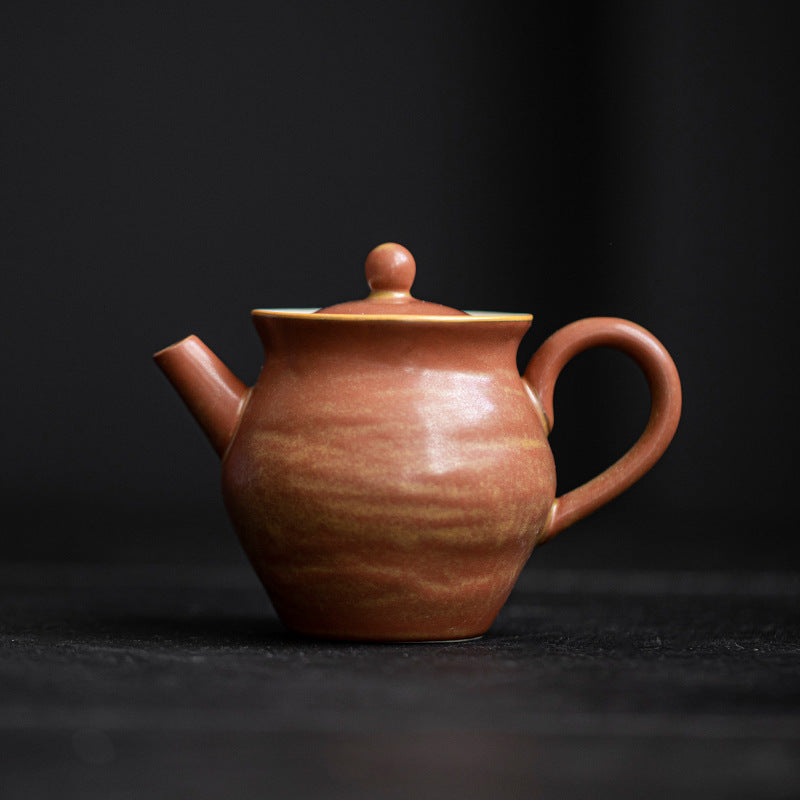
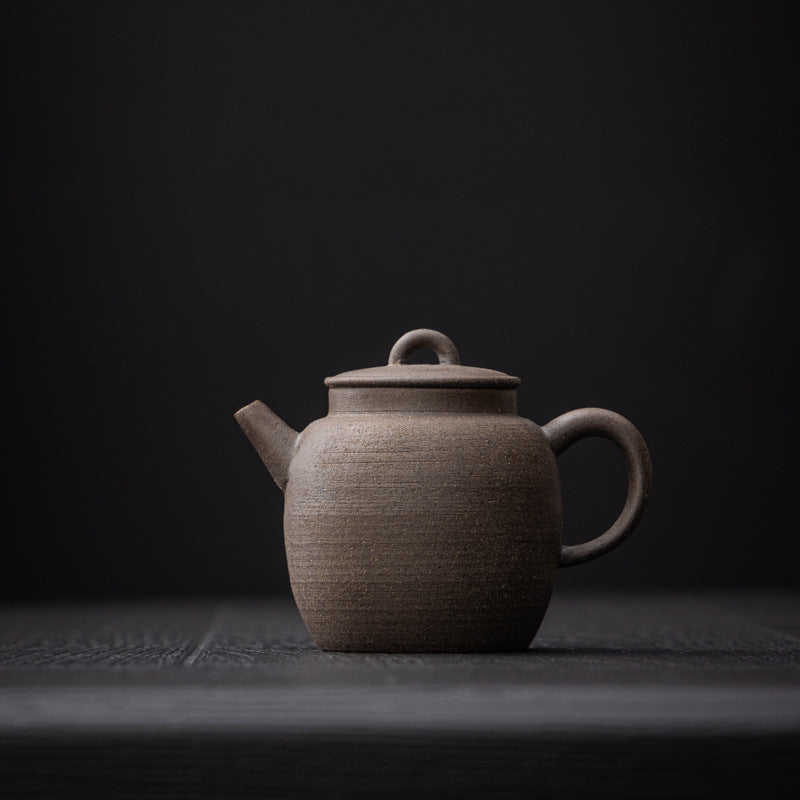

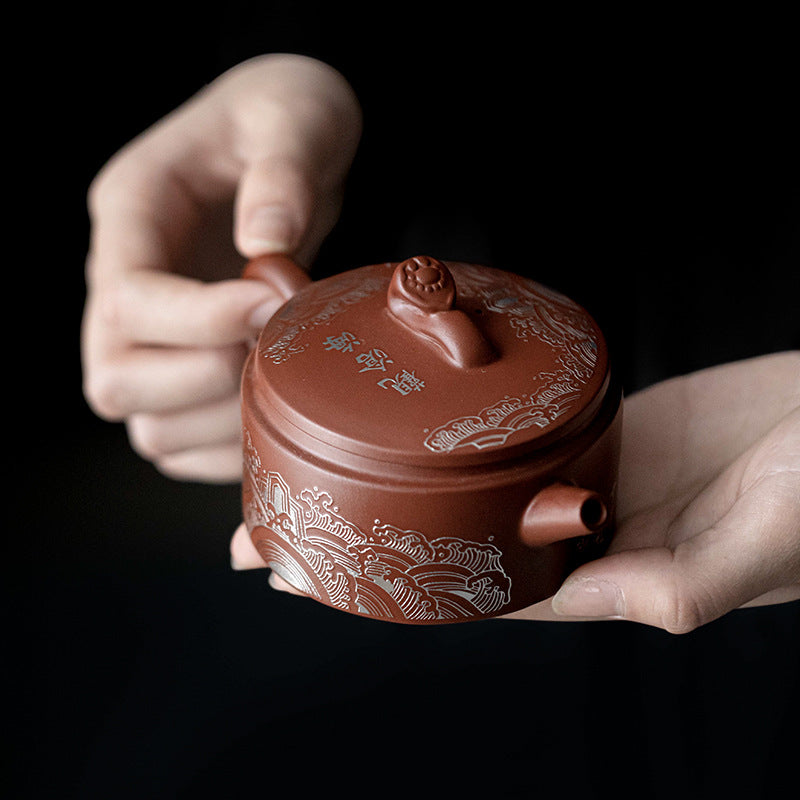
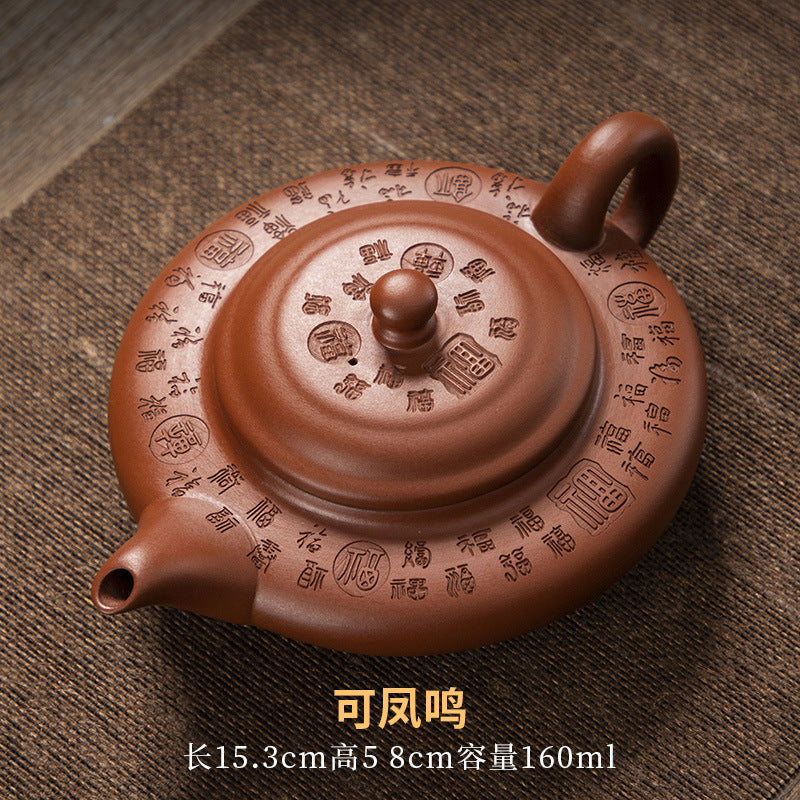

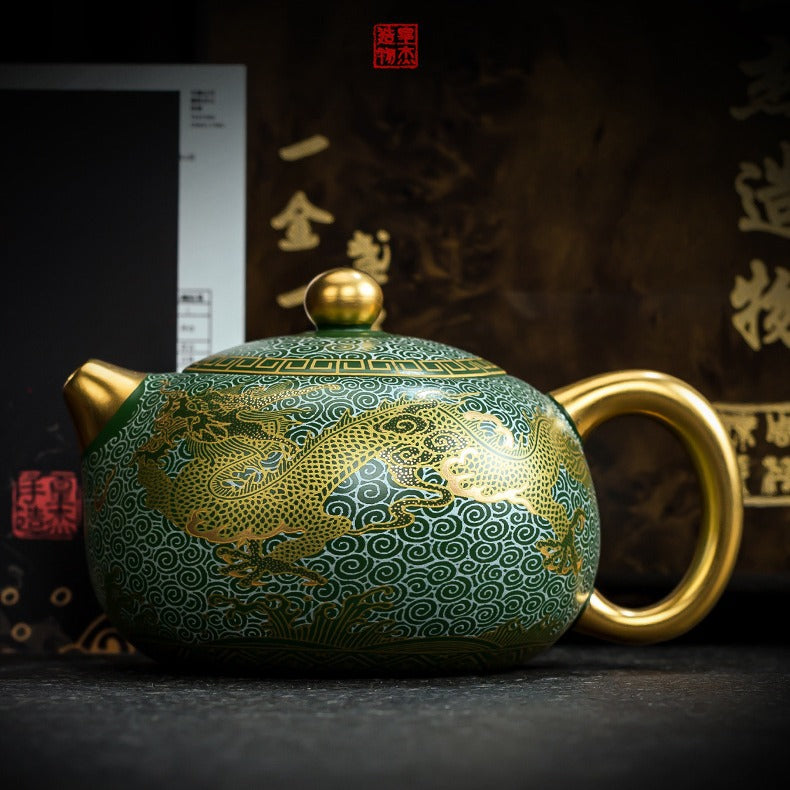
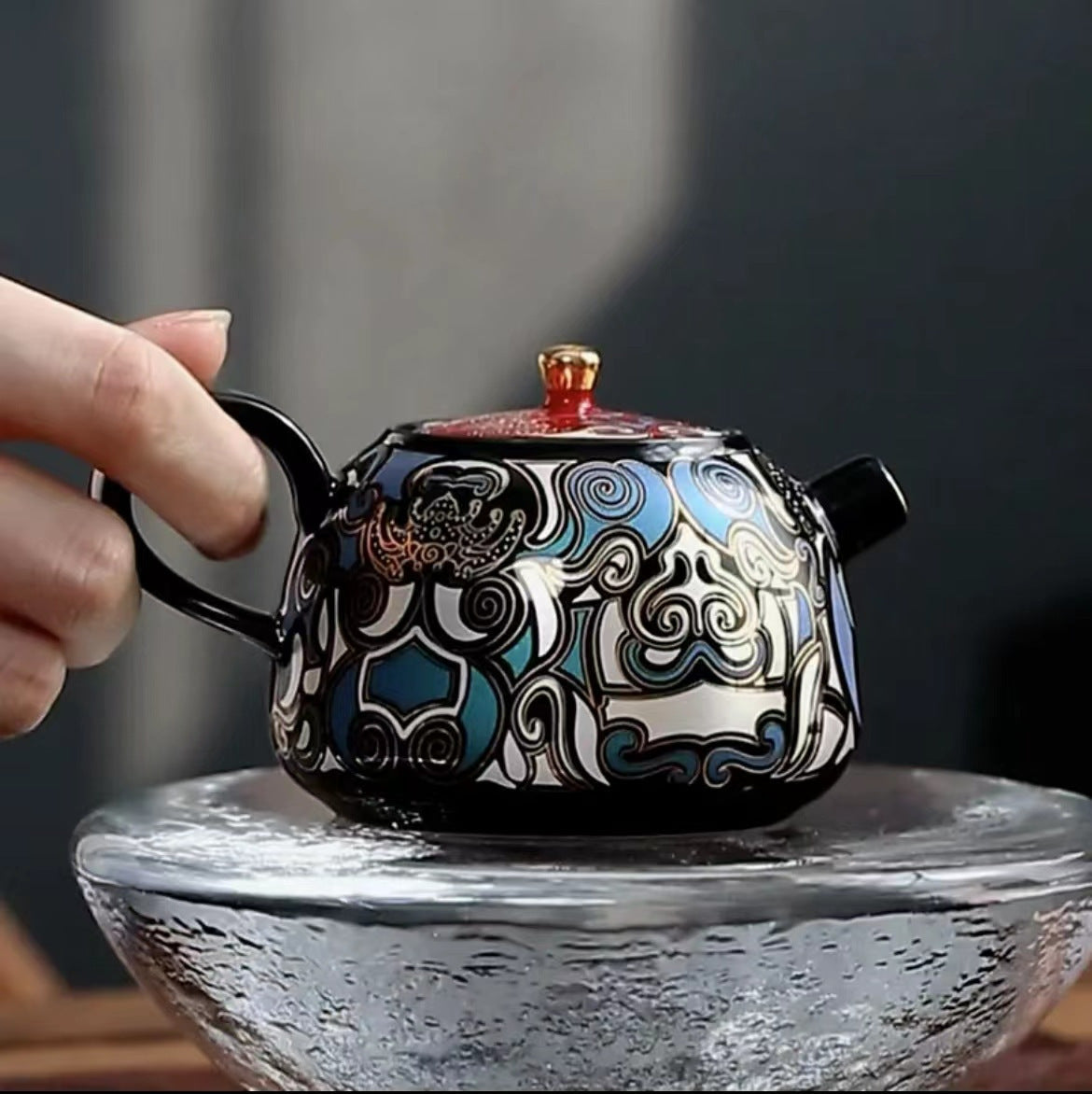
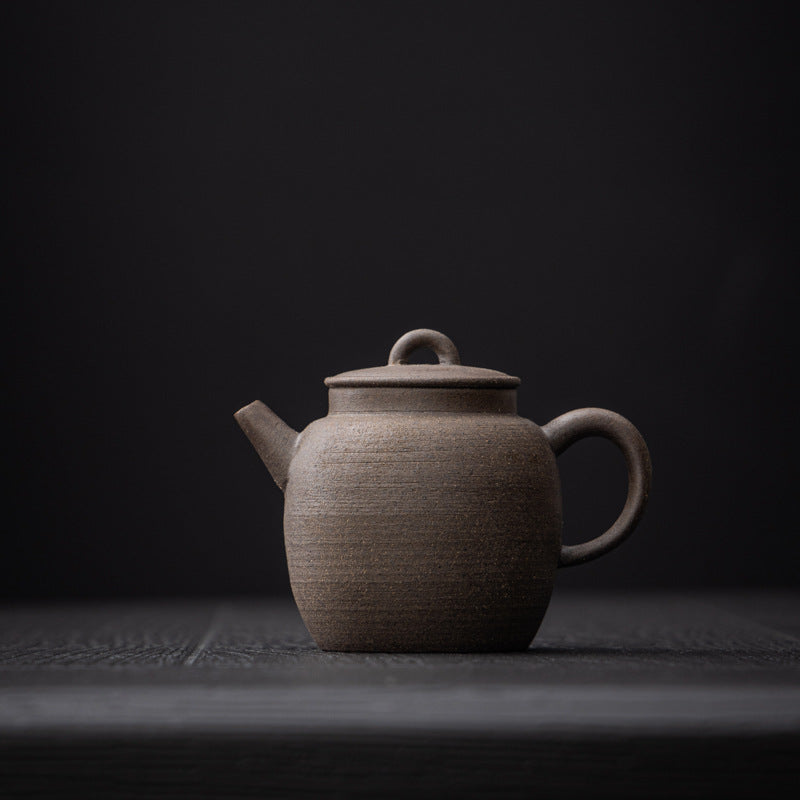

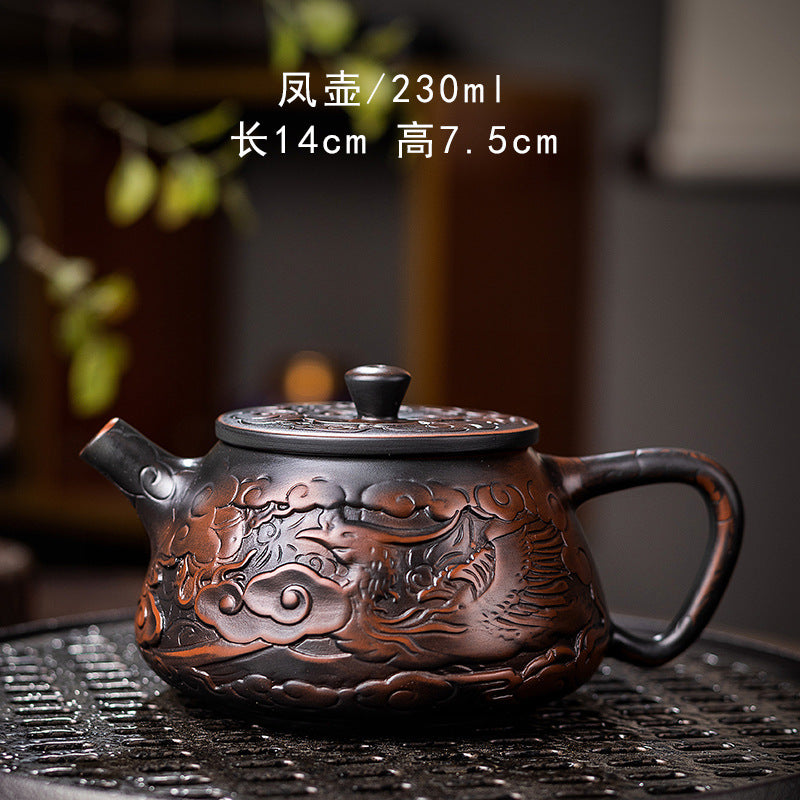
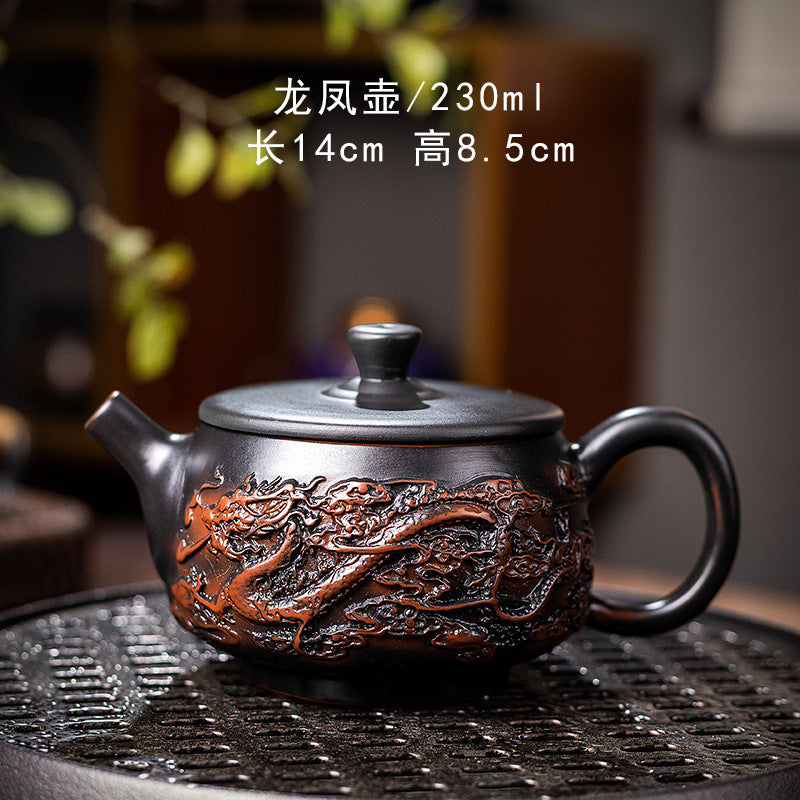
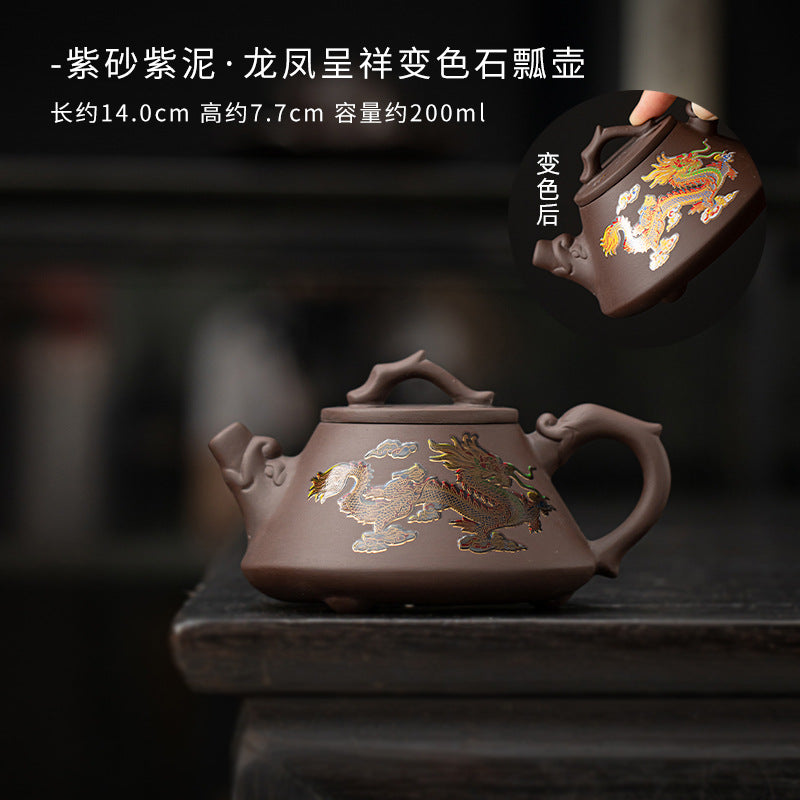

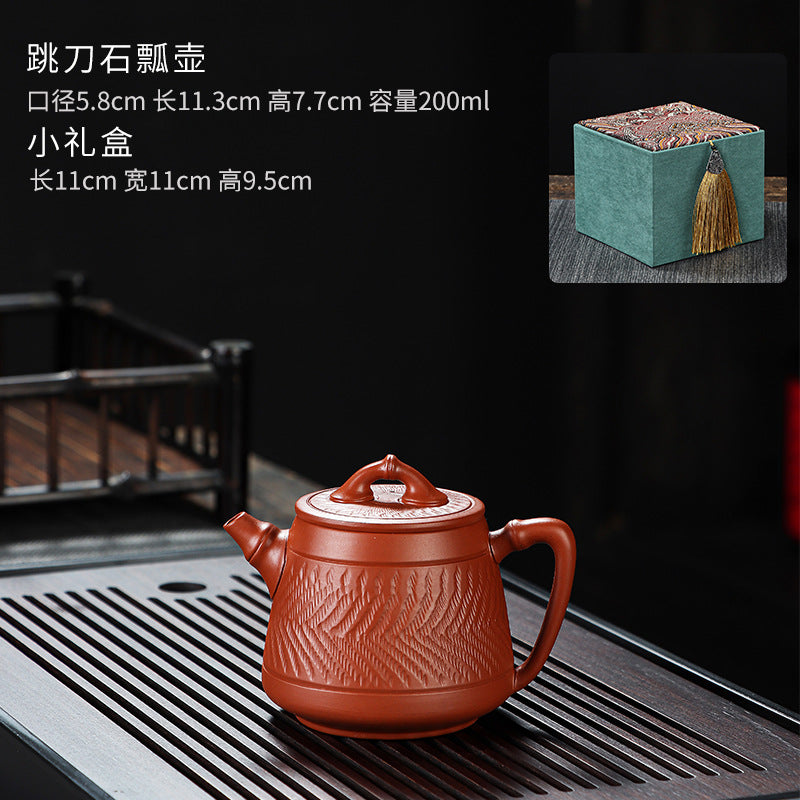
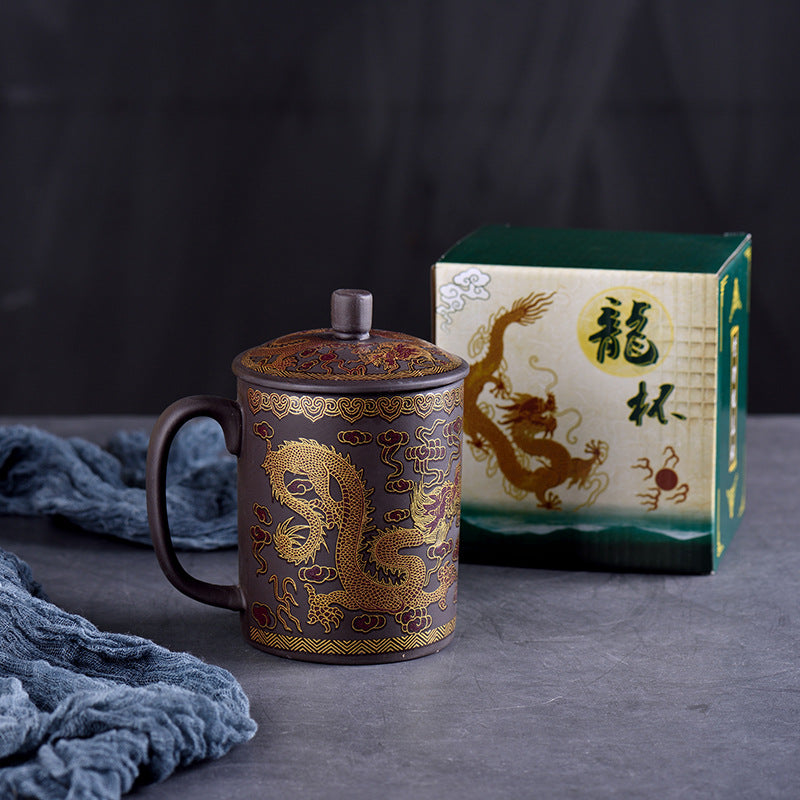
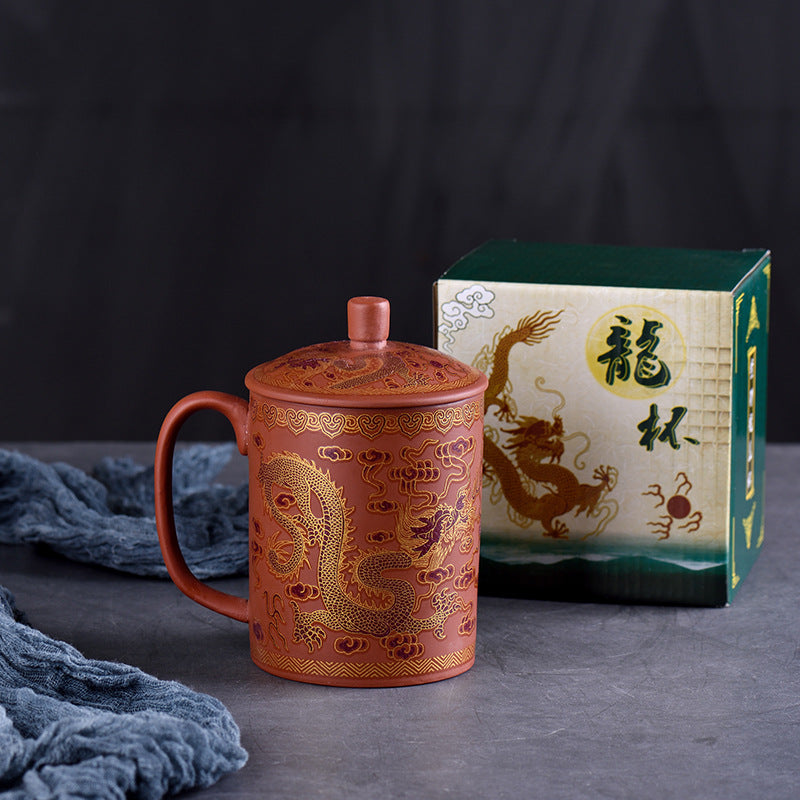

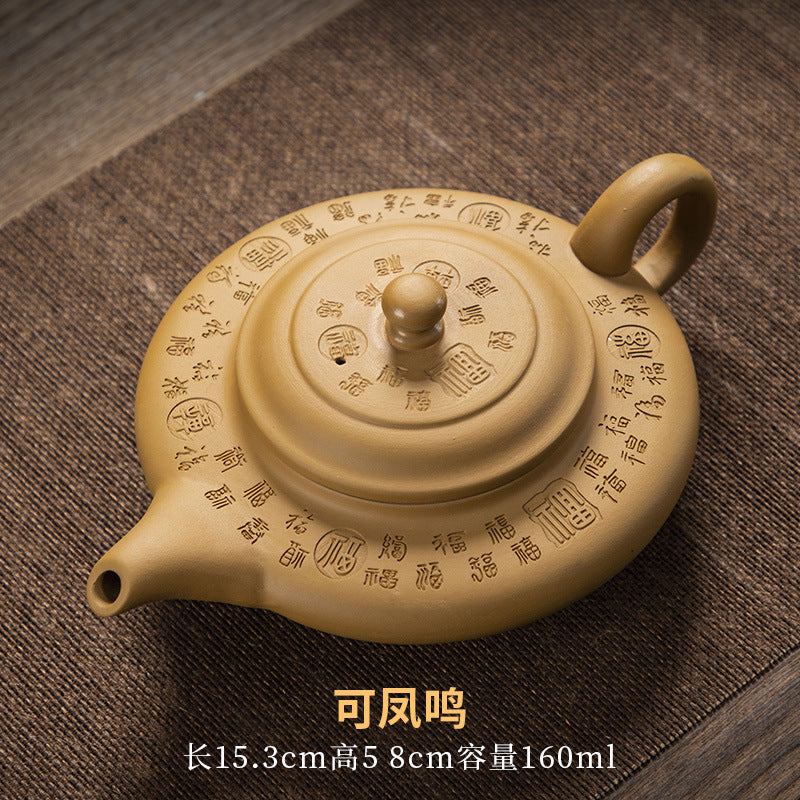
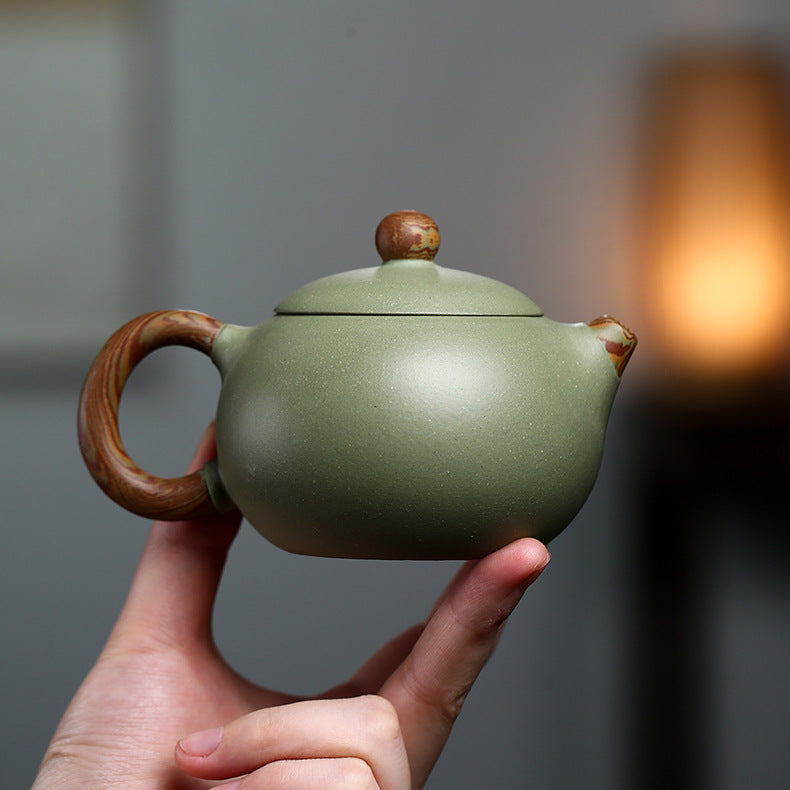
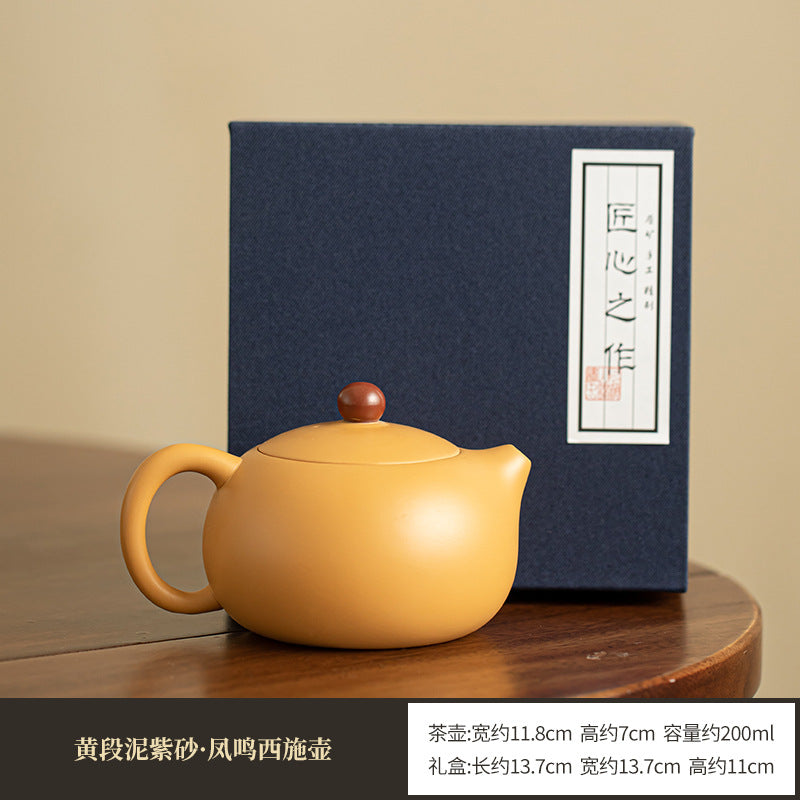

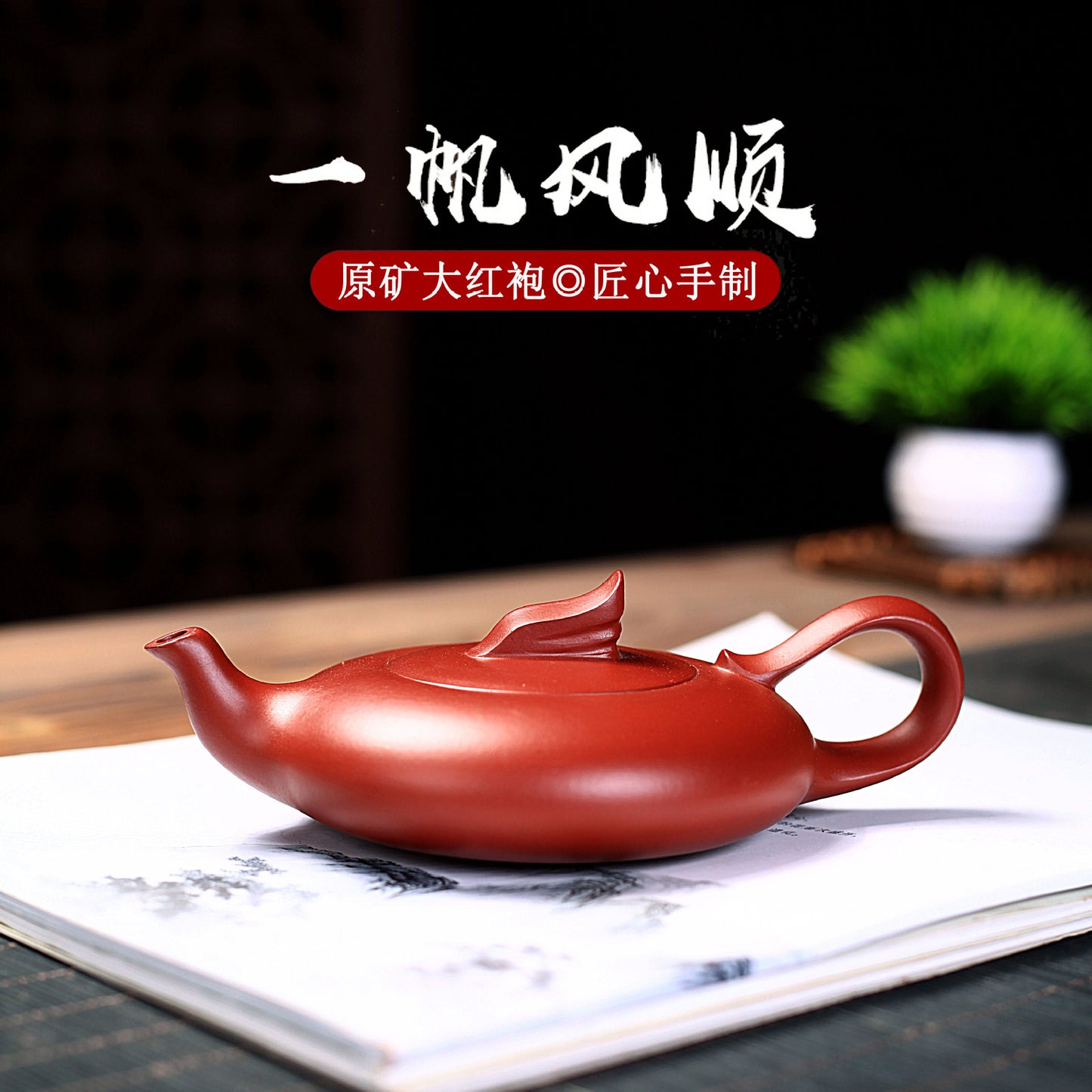
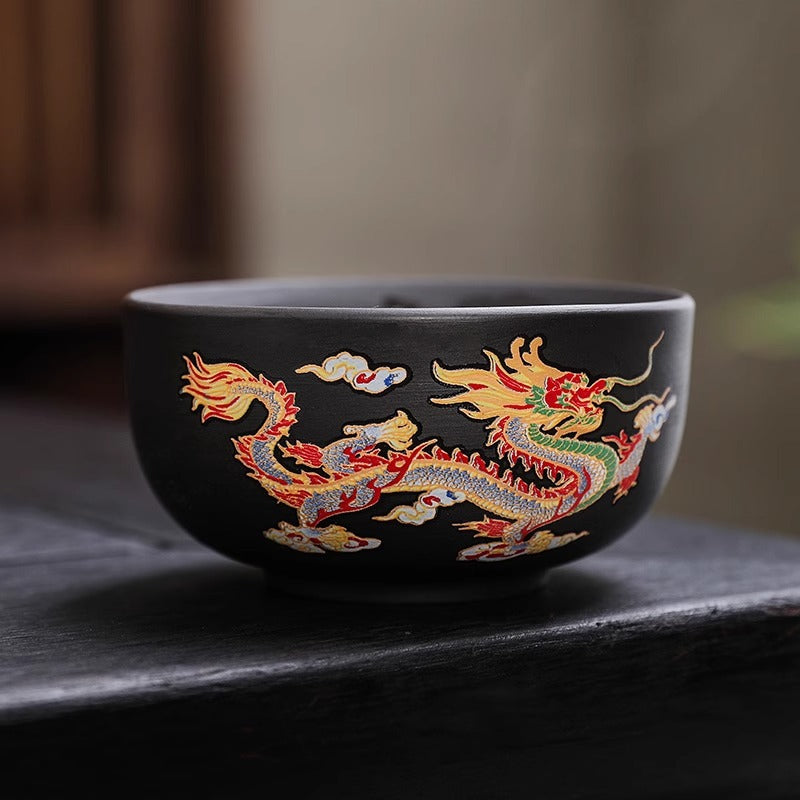
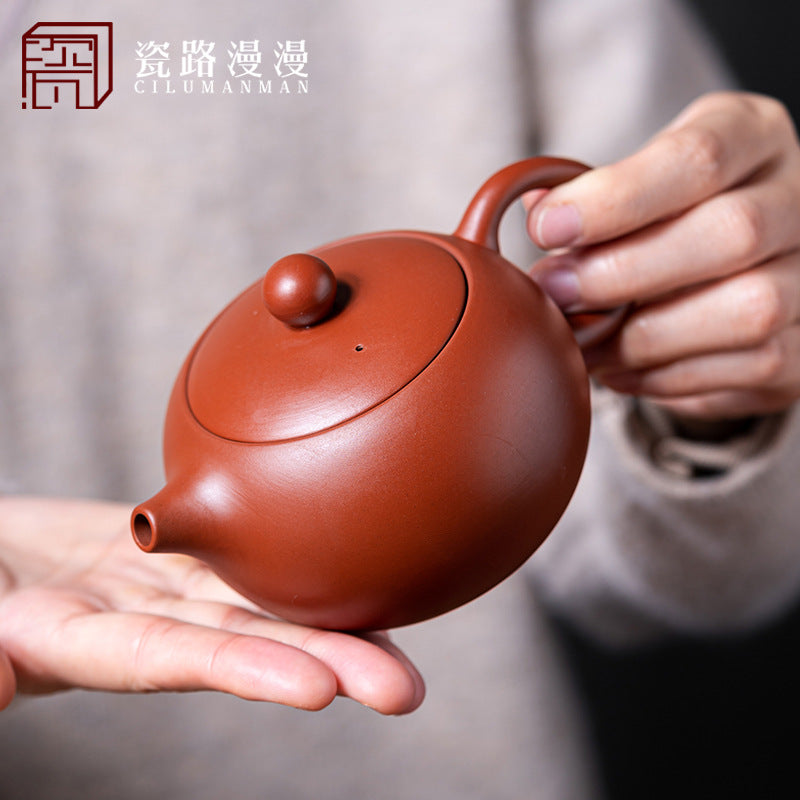
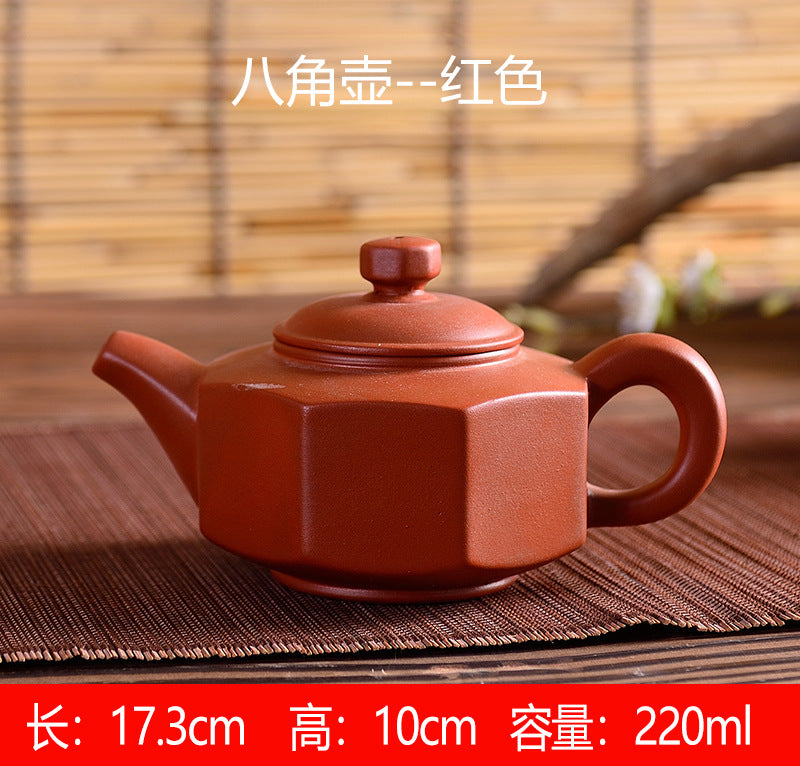
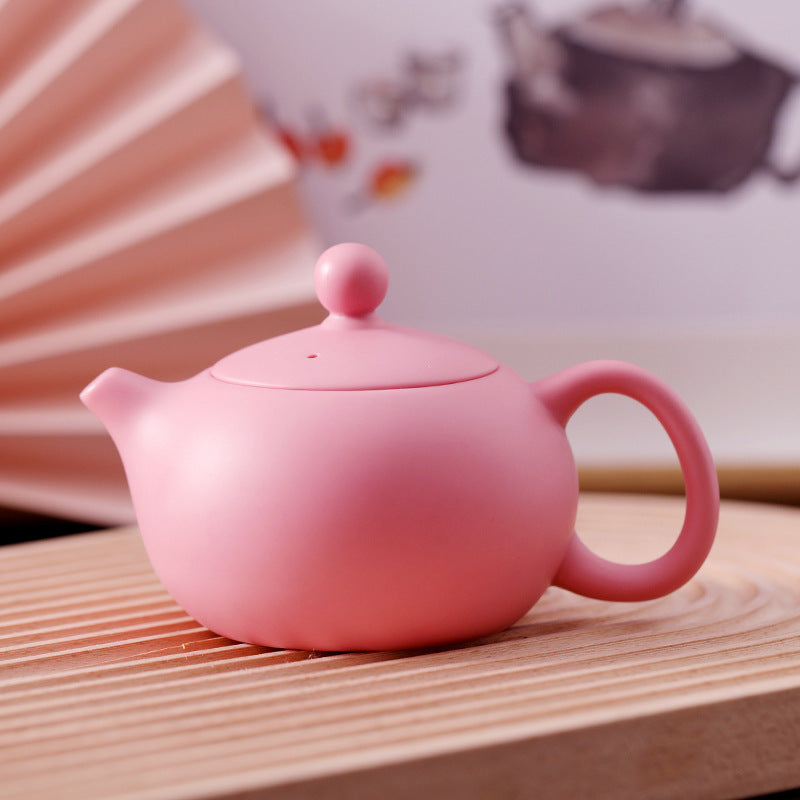
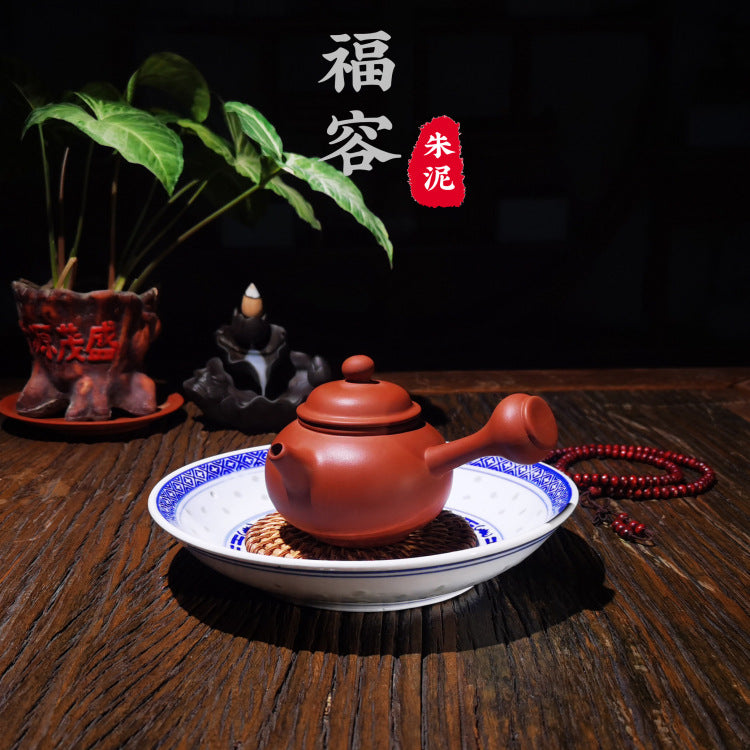
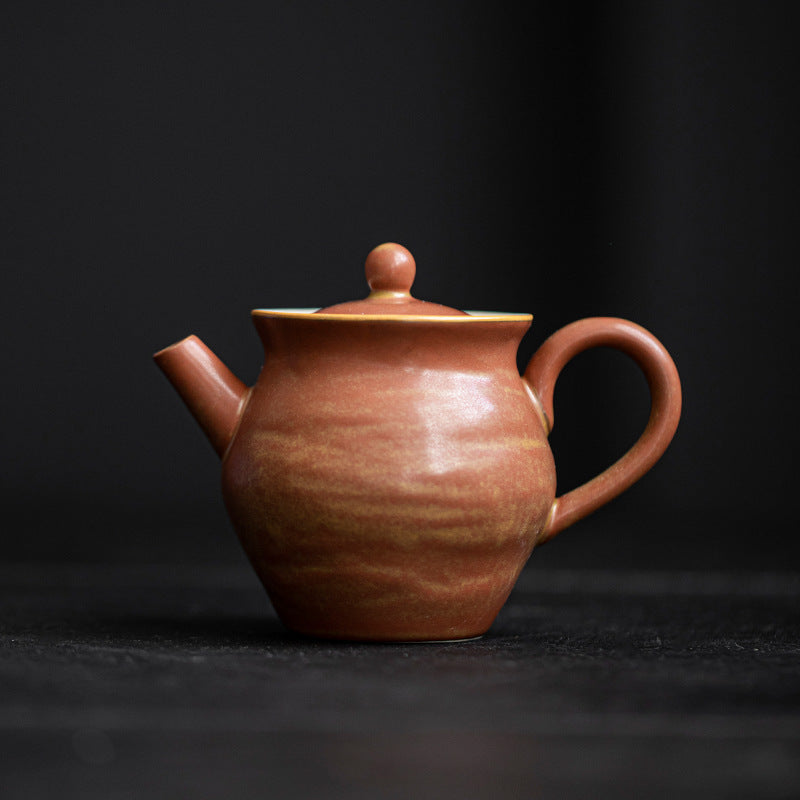
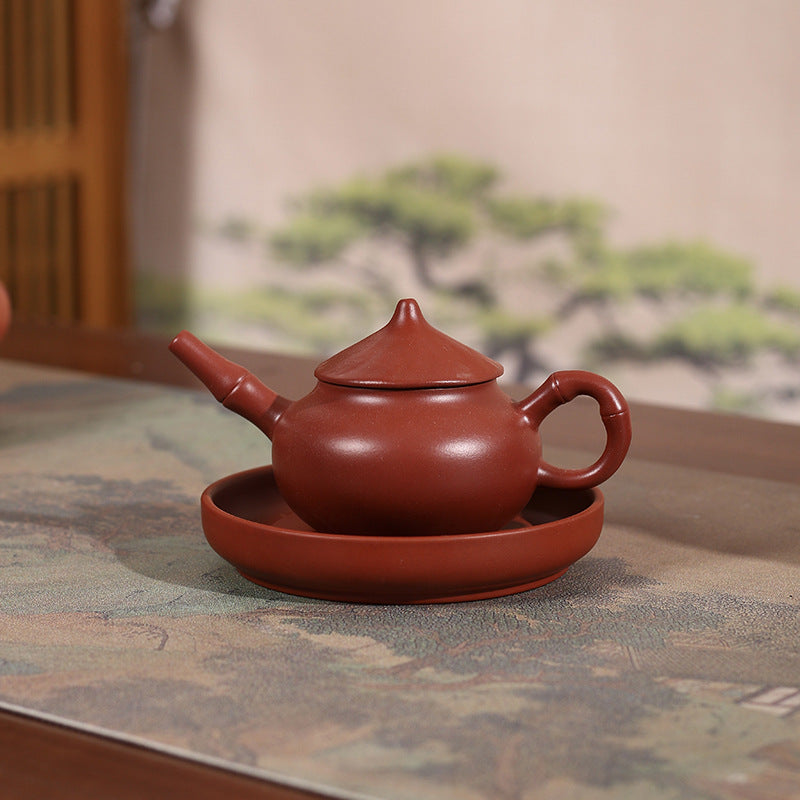
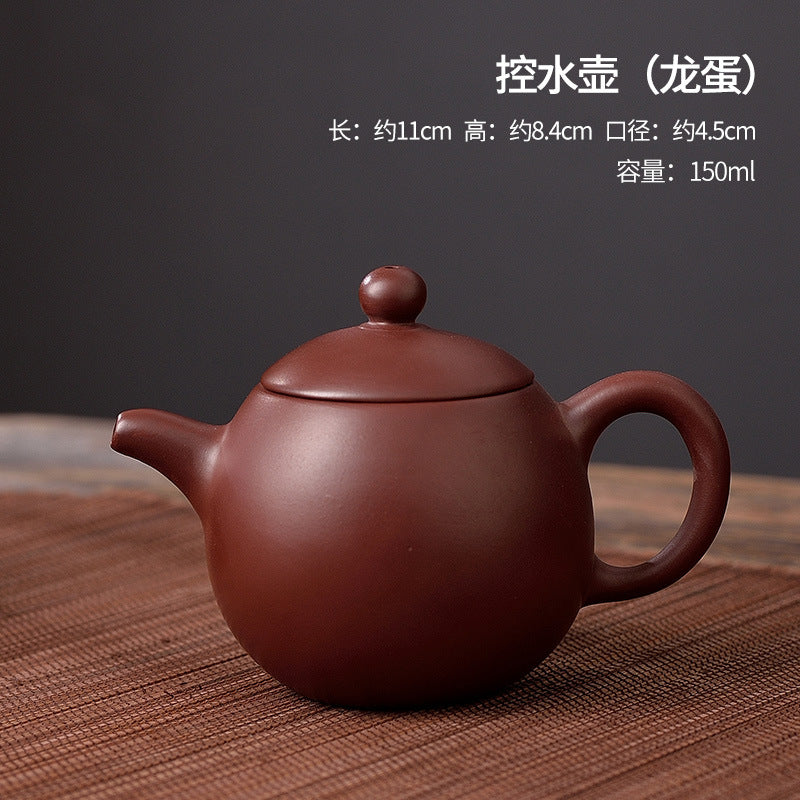
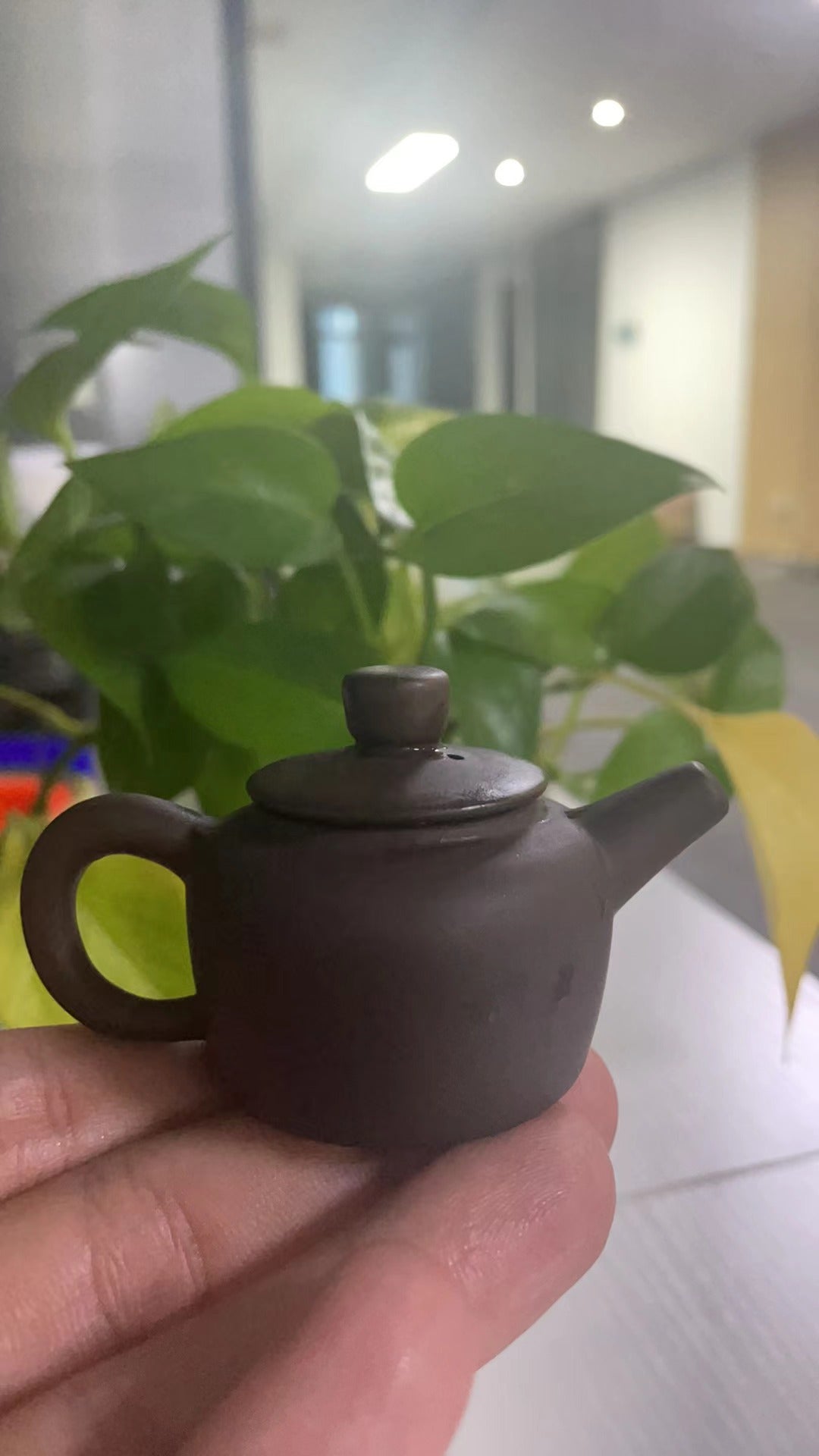
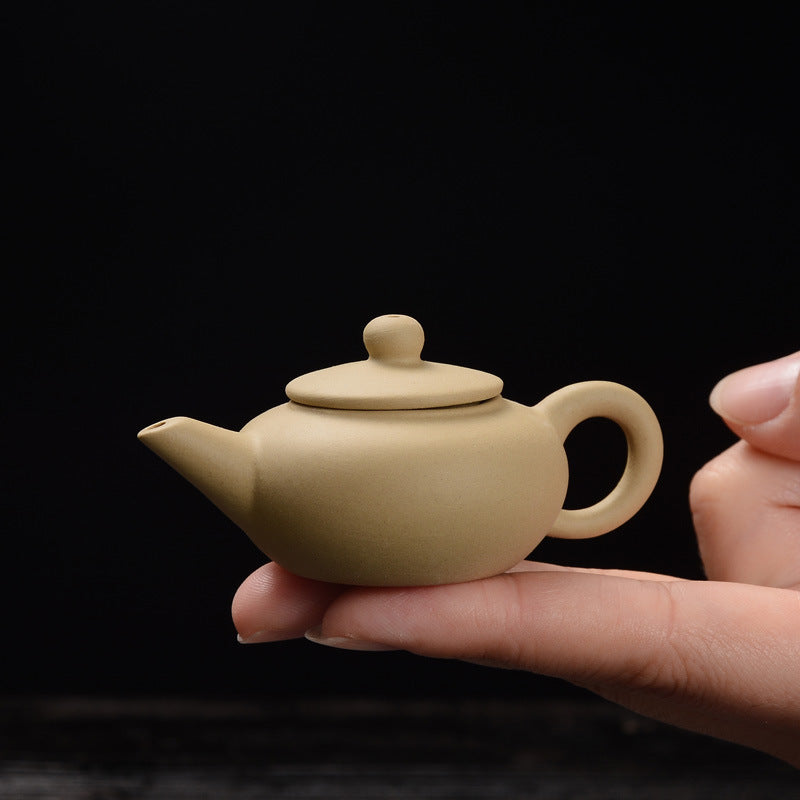

Talk about your brand
Share information about your brand with your customers. Describe a product, make announcements, or welcome customers to your store.
-
Column
Pair text with an image to focus on your chosen product, collection, or blog post. Add details on availability, style, or even provide a review.
-
Column
Pair text with an image to focus on your chosen product, collection, or blog post. Add details on availability, style, or even provide a review.
-
Column
Pair text with an image to focus on your chosen product, collection, or blog post. Add details on availability, style, or even provide a review.
-
Column
Pair text with an image to focus on your chosen product, collection, or blog post. Add details on availability, style, or even provide a review.
Image with text
Pair text with an image to focus on your chosen product, collection, or blog post. Add details on availability, style, or even provide a review.










































